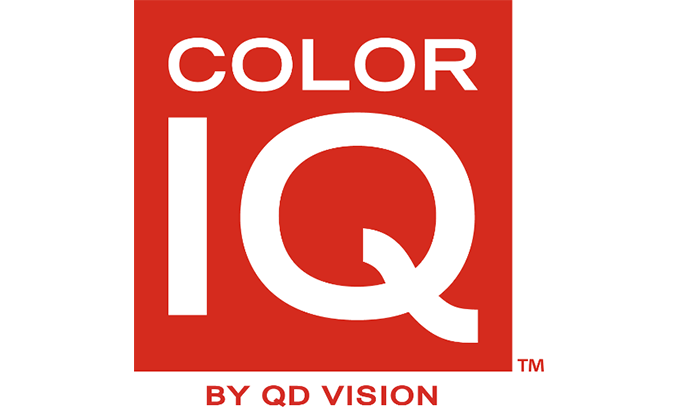Samsung Acquires Quantum Dot Tech Company QD Vision
by Brandon Chester on November 23, 2016 5:05 PM EST
Earlier this week Samsung confirmed that they have acquired QD Vision, the US-based provider of quantum dot technology for consumer displays. According to sources cited by SamMobile, the deal was confirmed ahead of its official announcement next week by Jung Chil-hee, the head of Samsung's Advanced Institute of Technology.
No details about the price of the acquisition are available yet, but from an observer's point of view it makes sense that Samsung would want to acquire companies working in the field of quantum dots. Samsung has been heavily pushing quantum dots in their newest televisions in order to increase their color gamut without having to make use of backlights with multi-color LEDs. With Ultra HD content being mastered in the DCI-P3 or Rec. 2020 color spaces, this has become a necessary feature in high end televisions and monitors for content creation.
QD Vision's technology works in a different manner from the technology Samsung currently uses in their televisions. In order to support HDR, televisions need to use full array backlighting so regions can be dimmed locally, and employing quantum dots in this situation requires a film layer between the backlight and the LCD array, which can be quite costly for larger displays. QD Vision's technology works with edge-lit displays and places tubes of quantum dots between the LEDs and the guide plate that distributes light across the display. I took a look at a monitor that uses QD Vision's technology earlier this year. It's not clear where Samsung plans to utilize QD Vision's technology, but the technology could play a big role in bringing wide color gamuts to lower cost displays, and QD Vision's technology and patents related to quantum dots would also have value to Samsung for further development of the technology in general.
Source: SamMobile










25 Comments
View All Comments
saratoga4 - Thursday, November 24, 2016 - link
As far as I know, QD panels are pumped by the same blue LEDs as phosphor panels. There is no point in using anything else since GaN happens to emit almost precisely on the blue primary.Vatharian - Thursday, November 24, 2016 - link
QD makes possible one thing that a lot of people seem to overlook: It is technology that can easily briing wide gamut AdobeRGB-capable monitors ideal for photography into price range of normal business monitors. The high-end will quickly shift into more recent HDR gamuts, basically enabling photography amateurs working on print-grade colorspace. Neat!iwod - Thursday, November 24, 2016 - link
I am more interested in how Apple achieve similar results from the Monitor without using Quantum Dot, which Apple said requires the uses of toxic substance.Speedfriend - Thursday, November 24, 2016 - link
There are cadmium-free quantum dots available froma company called Nanococlose - Thursday, November 24, 2016 - link
Magic...The purpose of this tech is to offer the same advantages of expensive high-end screens to the lower price tiers, at least initially. I don't think Apple Monitor ever offered something that was never before seen in a screen and that's exactly why Apple retired it while other manufacturers are going strong. It was just about profit margin and that margin is shrinking with every technological advancement, bringing professional quality levels (and prices) into the amateur tiers.
Drilmechanic - Tuesday, September 25, 2018 - link
Quantum dots give us more variations in production from not toxic materials, than LEDs can give.Gothmoth - Thursday, November 24, 2016 - link
all this "more brightness" and more "candy colors" is just nonsense for noobs.HDR footage looks just crappy on most LCD displays today.
dolbys HDR is maybe better but not widely supported.
it doesn´t matter sh*t when you have LCD panels that suffer from grave DSE, bleeding and clouding.
personally i don´t see much difference in color rendition.. but what i notice is clouding and DSE.
and even 3000 euro LCD displays have those issues ... still.
Gothmoth - Thursday, November 24, 2016 - link
samsung... the companys who offers one optical audio output with their 2016 TV´s.... that´s it... great!!!!!bigboxes - Thursday, November 24, 2016 - link
What do you need more than one optical audo out on your tv? I use my lone out (top of the line Panny plasma) to my Denon. All inputs are via HDMI and then the optical audio out back to the receiver. My receiver has three inputs. One for the HTPC, one for the Blu-Ray player and one from the TV.saratoga4 - Thursday, November 24, 2016 - link
It's really been surprising how resistant the market has been to RGB diode backlights. They're really not that much more expensive than a blue LED +QD and can do things that QD backlights cannot do (like fully software programmable color gamut).